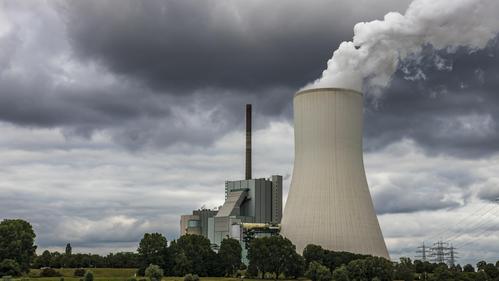Professor Sheng Dan: Exporting, Abatement, and Firm-level Emissions: Evidence from China’s Accession to the WTO

(Correspondent: Wang Tianjian) Recently, the paper “Exporting, Abatement, and Firm-level Emissions: Evidence from China’s Accession to the WTO”, co-authored by Professor Sheng Dan from our school, Professor Tan Yong from Nanjing University Of Finance and Economics and Joel Rodrigue from Vandbilt University, has been published in Review of Economics and Statistics, an internationally recognized top journal in the field of economics and statistics. This paper studies the joint impact of exporting and abatement on the environmental performance of Chinese manufacturers. For two common air pollutants (SO2 and industrial dust) the authors document that (a) exporters are significantly less emissions-intensive relative to their non-exporting counterparts and (b) this difference cannot be explained by differential rates of abatement alone. Employing variation in trade and environmental conditions across time and space, the authors quantify the impact of endogenous export and abatement decisions on firm-level emissions. They find that exporting reduces emissions by at least 36 percent across pollutants, and explore underlying determinants of export-driven reductions in emissions-intensity.
Professor Sheng Dan has had another paper “The Curious Case of the Missing Chinese Emissions”, co-authored by the same scholars above, published in Journal of the Association of Environmental and Resource Economists, one of the top journals of environmental economics, in the 9th issue of 2022. This paper characterizes the growth of sulfur dioxide emissions among Chinese manufacturers during the WTO-accession period. By failing to account for contemporaneous changes in markups, the authors demonstrate that standard emissions analyses overemphasize within-firm reductions in emissions intensity, while undervaluing the role of resource reallocation across firms. The authors derive an unbiased decomposition of aggregate emissions and find that emissions increased nearly one for one with total production. Although improved technology mitigated emissions growth by 18%–21% between 2000 and 2005, these gains were completely offset by resource reallocation toward dirty producers over the same time frame. Their findings imply that lowering future emissions growth among Chinese manufacturers may require lowering aggregate manufacturing production or fundamentally changing Chinese industrial composition toward cleaner industries.
Review of Economics and Statistics is one of the 12 level-A journals of economics recognized by Ministry of Education of China, with an impact factor of 6.58 in 2020. Sponsored by Harvard Kennedy School, it has got a history of more than 100 years, and mainly publishes the most important papers in the field of positive economics.
Journal of the Association of Environmental and Resource Economists is a widely recognized international authoritative journal in the field of environmental economics.
Link of the REST paper: https://doi.org/10.1162/rest_a_01194
Link of the JAERE paper: https://www.journals.uchicago.edu/doi/10.1086/719021